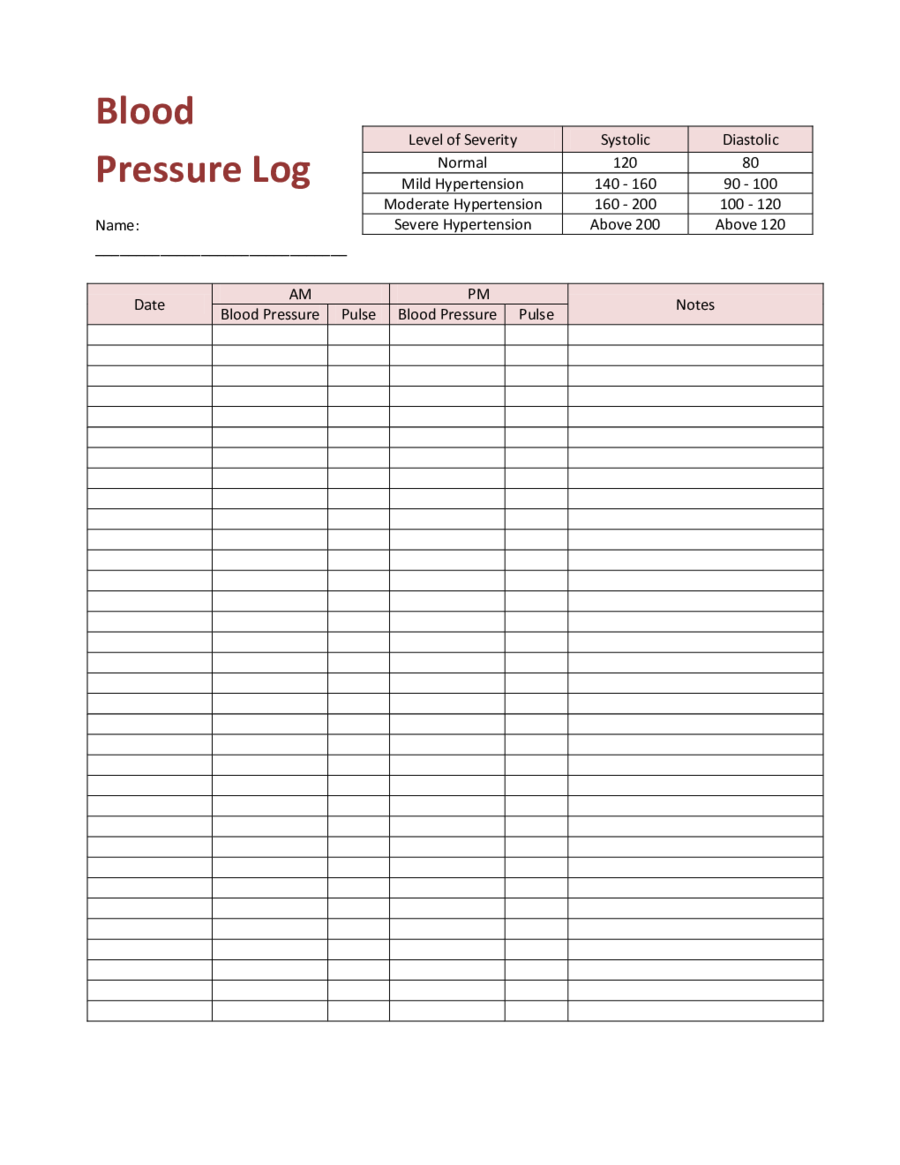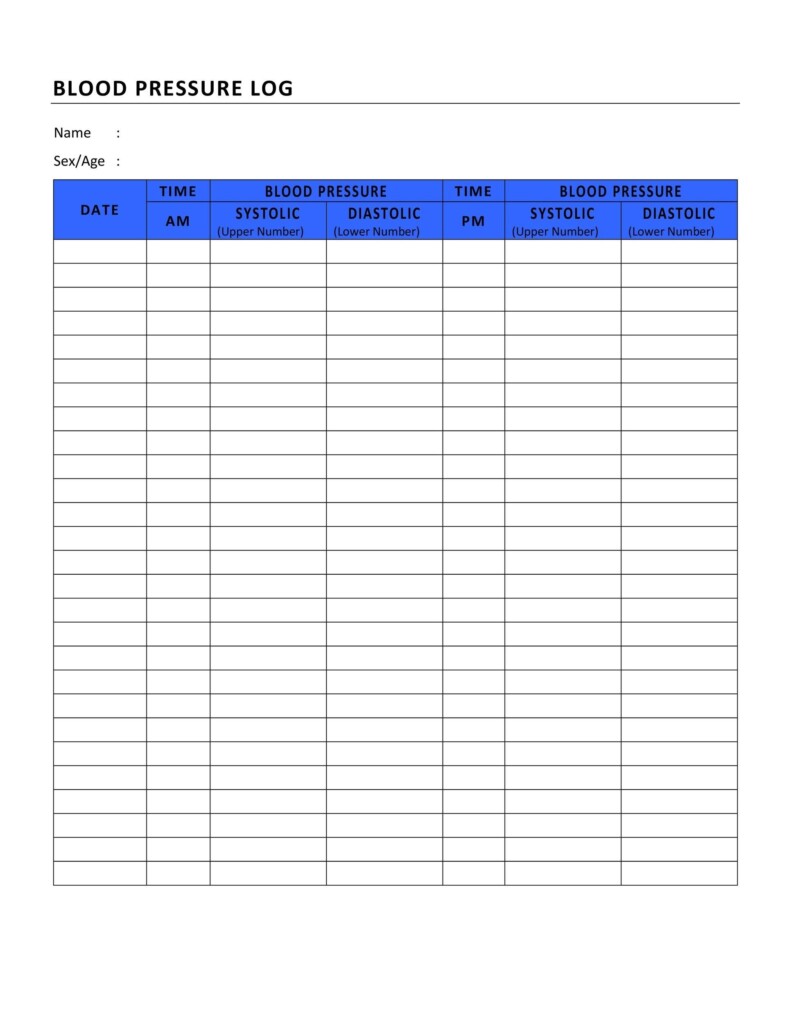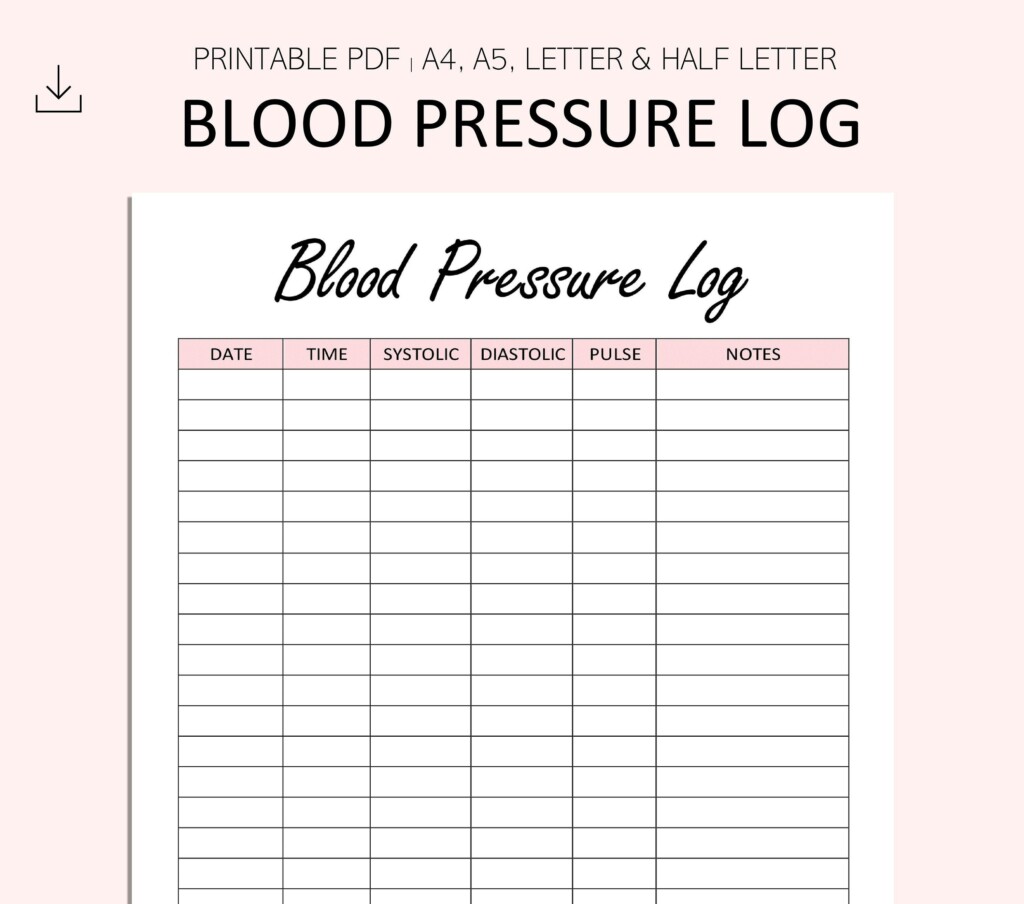Monitoring your blood pressure is crucial for maintaining good health, especially if you have a history of high blood pressure or other cardiovascular issues. A BP log printable is a convenient and effective way to track your blood pressure readings over time. By recording your blood pressure measurements regularly, you and your healthcare provider can identify patterns, trends, and changes that may require further attention or adjustments to your treatment plan.
With a BP log printable, you can easily input your blood pressure readings and other relevant information, such as the date, time of day, and any symptoms you may be experiencing. This organized record can help you and your doctor make informed decisions about your health and well-being. Plus, having a physical copy of your blood pressure log makes it easy to bring to medical appointments and share with your healthcare team.
How to Use a BP Log Printable
Using a BP log printable is simple and straightforward. Start by downloading and printing a template that suits your preferences and needs. You can find a variety of BP log printables online, ranging from basic sheets to more detailed trackers with space for additional notes and observations.
Next, fill in the necessary information each time you measure your blood pressure. Be sure to record both your systolic and diastolic readings, as well as your heart rate if desired. Include the date and time of each measurement, along with any relevant details about your health, such as medication changes or lifestyle adjustments.
Make it a habit to regularly update your BP log printable, whether it’s daily, weekly, or monthly. Reviewing your blood pressure trends over time can provide valuable insights into your cardiovascular health and help you and your healthcare provider make informed decisions about your treatment plan.
Overall, using a BP log printable is an efficient and effective way to monitor your blood pressure and take control of your health. By keeping track of your readings and sharing them with your healthcare team, you can work together to manage your blood pressure and reduce your risk of cardiovascular complications.





